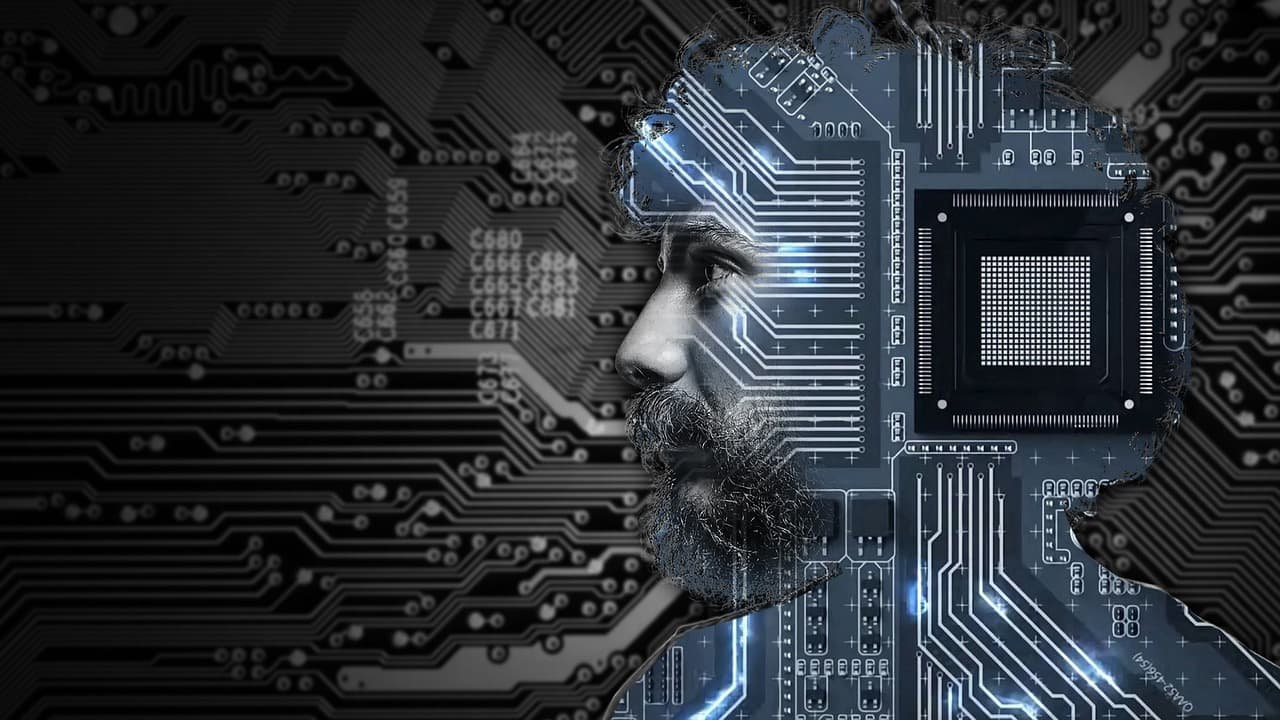In the ever-evolving landscape of data and artificial intelligence (AI), semantic technologies are emerging as a transformative force that promises to reshape how we understand, manage, and leverage information. This fusion of linguistics, data science, and computer science has the potential to unlock the true power of data and AI by enabling machines to comprehend and reason about the world like never before. In this article, we will demystify semantic technologies, explore their key components, and envision their future role in shaping the data-driven world of AI.
The Foundation of Semantics
At its core, semantics refers to the study of meaning in language and how words, phrases, and symbols convey information. It’s what allows us, as humans, to interpret the world around us through language. In the context of semantic technologies, the goal is to impart this ability to computers, enabling them to understand and process information in a contextually meaningful way.
Semantic technologies rely on a foundation of three key components:
1. Ontologies
An ontology is a formal representation of knowledge that defines the concepts, entities, and relationships within a specific domain. Think of it as a structured knowledge graph that captures the semantics of a particular subject area. Ontologies serve as the backbone of semantic technologies, providing a common vocabulary and framework for machines to understand the world.
For example, in a medical ontology, concepts like “disease,” “symptom,” and “treatment” are defined, along with their relationships. This structure enables machines to reason about medical data and answer complex questions, such as diagnosing diseases based on symptoms.
2. RDF (Resource Description Framework)
RDF is a framework for describing resources on the web in a way that’s both machine-readable and human-friendly. It uses subject-predicate-object triples to represent relationships between resources. RDF is the lingua franca of the Semantic Web, enabling data to be connected and interlinked across diverse sources.
For instance, using RDF, you can link a book (“resource A”) with its author (“resource B”) through a predicate like “hasAuthor.” This simple triple creates a structured relationship that machines can use to understand the connection between the book and its author.
3. SPARQL
SPARQL (SPARQL Protocol and RDF Query Language) is the query language for semantic technologies. It allows you to query RDF data in a manner similar to how SQL is used to query relational databases. With SPARQL, you can extract information from RDF graphs and discover hidden relationships within data.
For example, you could use SPARQL to find all books authored by a specific author in a library’s RDF catalog or retrieve a list of diseases associated with particular symptoms in a medical ontology.
Semantic Technologies in Action
Now that we have a foundational understanding of semantic technologies, let’s explore how they are applied in real-world scenarios:
1. Semantic Search
Semantic search goes beyond traditional keyword-based search. It understands the intent behind a user’s query and delivers more relevant results. By analyzing the meaning and context of words, semantic search engines can provide answers, not just links.
For example, when you ask a semantic search engine, “Find movies directed by Christopher Nolan,” it understands the relationships between “movies,” “directed by,” and “Christopher Nolan” in an ontology and retrieves a list of movies directed by the filmmaker.
2. Knowledge Graphs
Knowledge graphs are a prime example of how semantic technologies are used to structure and connect information. Google’s Knowledge Graph, for instance, provides detailed information about entities such as people, places, and concepts. It uses semantic relationships to organize facts and provide richer search results.
Knowledge graphs are also instrumental in data integration. They allow disparate data sources to be linked and queried, making it possible to answer complex questions by traversing relationships in the graph.
3. Chatbots and Virtual Assistants
Semantic technologies power conversational AI, making chatbots and virtual assistants more capable of understanding natural language and context. They enable these AI systems to hold meaningful conversations, answer questions, and perform tasks based on user input.
For example, a customer support chatbot can use semantics to understand and respond to user inquiries, even if they’re phrased differently or use synonyms.
4. Healthcare and Life Sciences
In healthcare and life sciences, semantic technologies are used to structure medical knowledge and improve clinical decision support systems. Medical ontologies help organize information about diseases, medications, treatments, and patient data. This structured knowledge enhances diagnostic accuracy and aids in research efforts.
Semantic technologies also play a crucial role in drug discovery by identifying potential drug interactions and uncovering hidden relationships in biomedical data.
The Future of Data and AI with Semantics
As we look ahead, semantic technologies hold immense promise for the future of data and AI:
1. Cross-Domain Data Integration
Semantic technologies will enable seamless integration of data from various domains and sources. This interdisciplinary approach will break down data silos and provide a holistic view of information, facilitating more comprehensive analysis and decision-making.
2. Explainable AI (XAI)
Interpretable and explainable AI is essential for building trust in AI systems. Semantic technologies can enhance AI models’ interpretability by providing a structured representation of their knowledge and reasoning processes. This transparency will become increasingly important, particularly in critical applications like healthcare and finance.
3. Personalized User Experiences
With semantics, AI systems can better understand user preferences, behavior, and context. This understanding will drive more personalized and context-aware user experiences, from tailored recommendations in e-commerce to adaptive learning in education.
4. Advancements in Scientific Research
In scientific research, semantic technologies will continue to expedite discoveries by enabling researchers to navigate complex datasets, identify relevant literature, and uncover hidden connections in their fields. This will accelerate progress in fields ranging from genomics to climate science.
5. Semantic Web 3.0
The Semantic Web will continue to evolve, ushering in what some refer to as “Semantic Web 3.0.” In this vision, the web becomes a more intelligent and interconnected ecosystem, where data, services, and knowledge are seamlessly interwoven. This evolution will revolutionize how we interact with information on the web.
Conclusion
Semantic technologies represent a fundamental shift in how we interact with data and AI. By imbuing machines with the ability to understand context and meaning, these technologies are poised to revolutionize industries, enhance user experiences, and drive scientific advancements. As we continue to demystify and harness the power of semantics, we enter an era where data becomes more than just information; it becomes knowledge that transforms our world. The future of data and AI is semantic, and it promises to be both intelligent and deeply meaningful.



